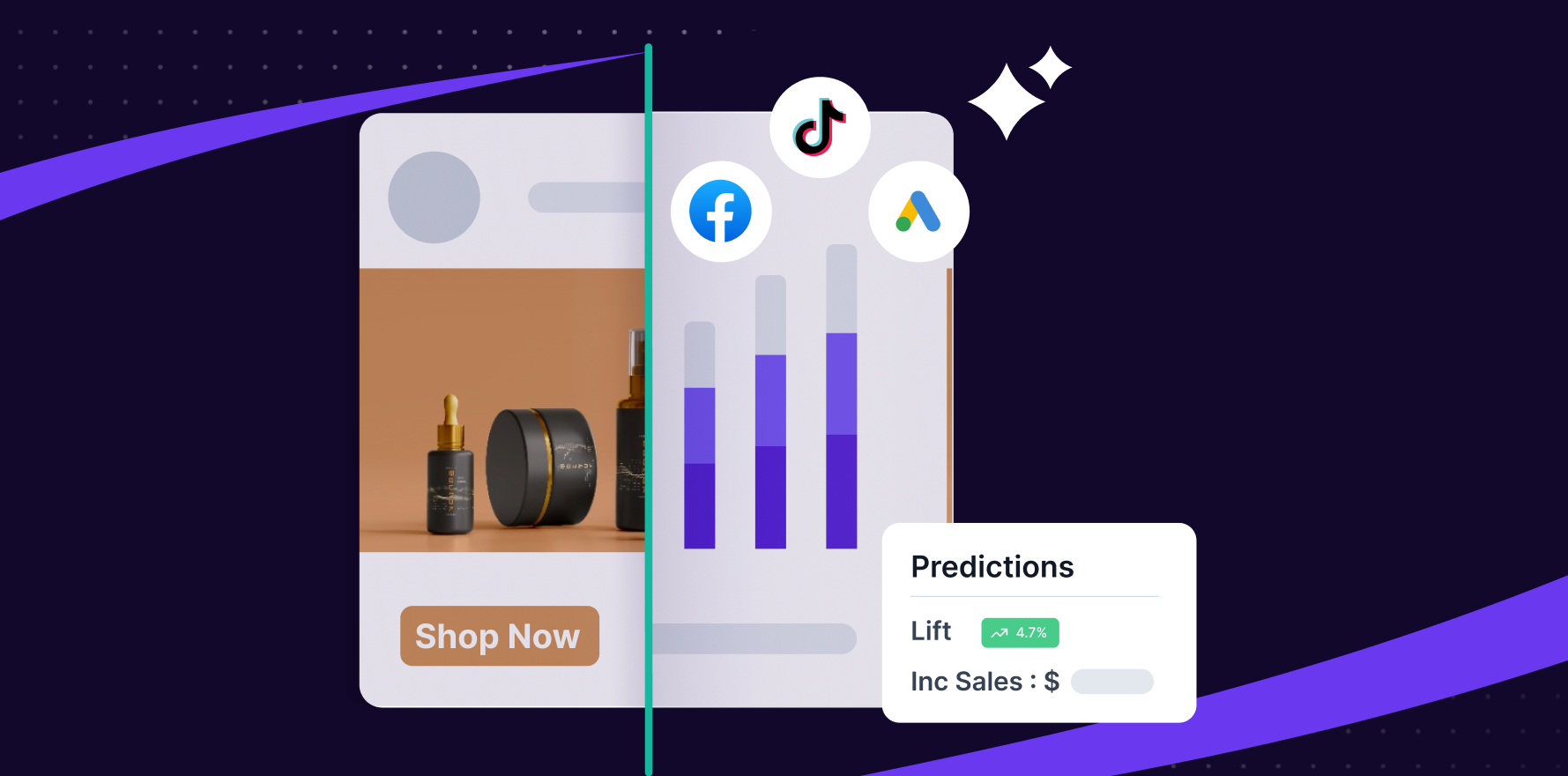As the pressure for marketing ROI increases among advertisers, they are demanding deeper insights into how agencies, publishers, and ad-tech partners spend on their behalf.
They need to know the outcome of every ad dollar. With this strong measurement mindset becoming the new norm, digital and social companies like Facebook and Google are beginning to introduce in-house attribution tools.
But are these the attribution tools marketers really want or need?
Can a company measure what it sells without any bias?
In our conversations with forward-looking brand marketers, we have realized that their perspective on the attribution market is highly nuanced. On one hand, they are glad that the marketing ecosystem is waking up to the need for a sound attribution model that helps them answer the big ROI questions within their organizations.
But on the other hand, there is a growing concern among the advertising community about the lack of independence and separation between media and measurement entities. These concerns are further exacerbated by announcements from media companies launching attribution tools.
Logically, there is a chance of a conflict of interest in attribution models owned by media companies. This approach to attribution is akin to a TV channel holding forth on its high viewership without a third-party verification agency such as BARB or Nielsen. The question advertisers are increasingly asking is, If TV can have independent metrics and verification channels, why should other platforms not apply the same logic to measurement? And it is a question worth answering.
After viewability and brand safety, the stage is set for independent, media-agnostic, third party attribution tool.
Independent third-party verification has been the hottest topics of discussion in the marketing community these last few years. As marketers demanded high levels of transparency for their digital campaigns, independently verified brand safety and viewability became a standard expectation across advertisers, agencies, and media companies.
This ensured to a great extent decreased ad fraud due to falsified traffic and inventor, less ad wastage, and little to no brand associations with the negativity and lack of integrity in the online space such as hate speech, racism, fake news and more.
These independent verification standards for viewability and brand safety are already the industry standard. Independent attribution and measurement is the next frontier for forward-looking marketers.
The end of an era for the walled gardens of media and measurements
As marketers do away with a walled garden approach to the often-conflicted relationship between media and measurement, the role of independent verification and attribution tools is becoming extremely important. However for these third parties to be able to deliver exactly what brands need, the entire marketing ecosystem is going to have to advocate for open technology and greater transparency and data exchange between media and ad tech partners.
Like agency legend Sir Martin Sorell puts it, the referee and the player cannot be the same person. The symbiotic nature of media and measurement propagated by media companies developing and using their own attribution tools has severe underlying challenges not least of which is that walled gardens allow media partners to grade their own homework, in the words of Sorell. This approach will not work in the long run for ROI-focused marketers.
The writing is on the wall. The time for independent attribution tools is here and it will stay.
You may also like
Essential resources for your success
















